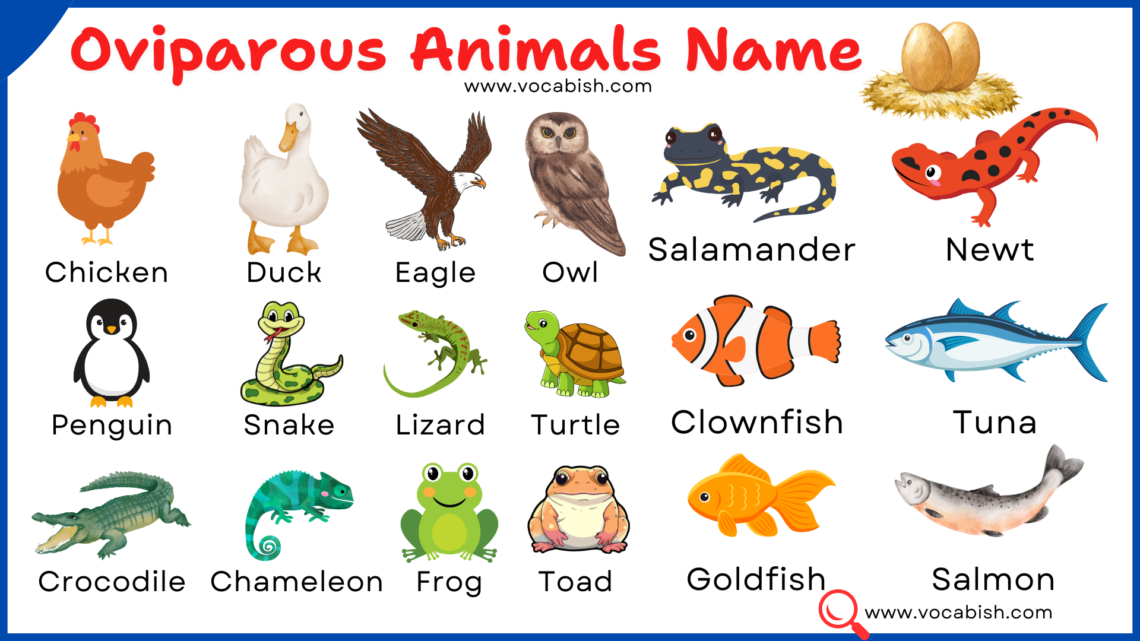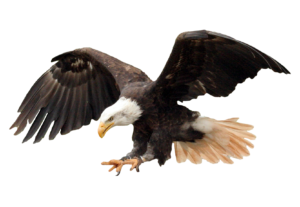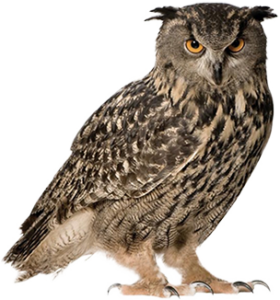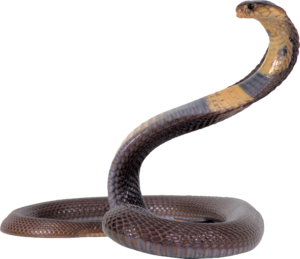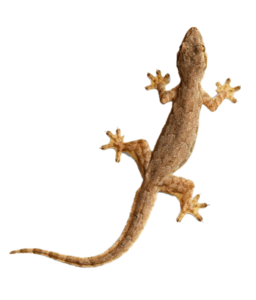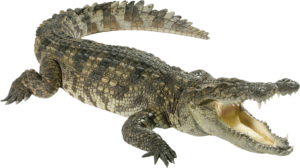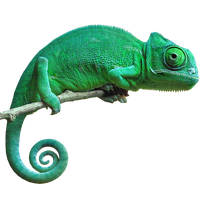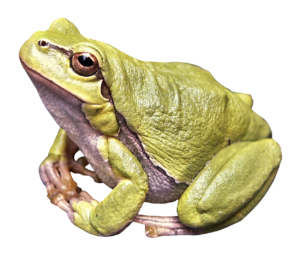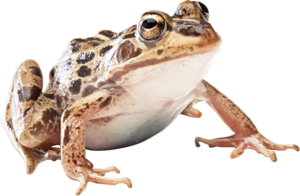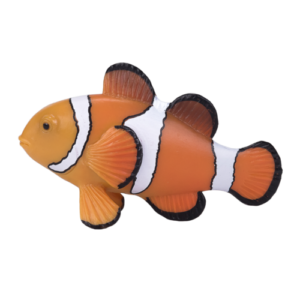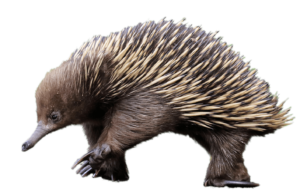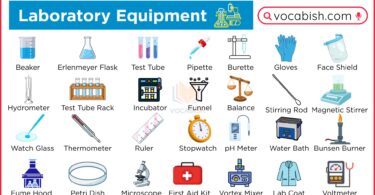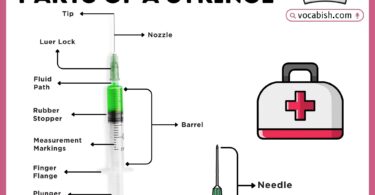Improving animal vocabulary is a good way by learning the names of oviparous animals in English along with their pictures. In this lesson, we are going to learn the name of oviparous animals (all birds, fish, reptiles, amphibians, insects, molusks, arachnids, and monotremes.) in English with pictures.
What are oviparous animals?
Oviparous animals are those that reproduce by laying eggs.
The embryos develop outside the mother’s body in an egg that provides protection and nutrients until hatching.
This mode of reproduction is found in various groups of animals, including birds, reptiles, amphibians, fish, and some invertebrates.
Now, we are going to learn the huge-listed names of the oviparous animals in English, along with their pictures and short definitions.
If you want to learn about viviparous animal names, then please follow the below link:
30 Oviparous Animals
Here’s the list of 30 oviparous animals:
- Chicken
- Duck
- Eagle
- Owl
- Penguin
- Snake
- Lizard
- Turtle
- Crocodile
- Chameleon
- Frog
- Toad
- Salamander
- Newt
- Goldfish
- Salmon
- Clownfish
- Tuna
- Seahorse
- Butterfly
- Ant
- Honeybee
- Grasshopper
- Dragonfly
- Spider
- Scorpion
- Platypus
- Echidna
- Octopus
- Squid
Oviparous Animals Name with Pictures
In this section, we will learn the names of oviparous animals along with their pictures and short descriptions:
- Chicken
- A farm bird that lays eggs we eat.
- Duck
- A water bird with webbed feet that lays eggs.
- Eagle
- A powerful bird of prey that lays eggs in nests.
- Owl
- A nocturnal bird that lays eggs in tree hollows.
- Penguin
- A flightless bird that lays eggs and lives in cold regions.
- Snake
- A long, slithery reptile that lays eggs in sand or soil.
- Lizard
- A small reptile with scaly skin that lays eggs in hidden places.
- Turtle
- A shelled reptile that lays eggs on sandy beaches.
- Crocodile
- A large reptile that lays eggs near rivers.
- Chameleon
- A color-changing lizard that lays eggs in the ground.
- Frog
- A hopping animal that lays jelly-like eggs in water.
- Toad
- Similar to frogs but lays eggs in long chains.
- Salamander
- A small, moist-skinned animal that lays eggs in water.
- Newt
- A lizard-like amphibian that lays eggs on underwater plants.
- Goldfish
- A common pet fish that lays eggs in water.
- Salmon
- A fish that lays eggs in rivers before swimming back to the sea.
- Clownfish
- A colorful fish that lays eggs in coral reefs.
- Tuna
- A large ocean fish that lays many eggs.
- Seahorse
- The male carries fertilized eggs in a pouch until they hatch.
- Butterfly
- A flying insect that lays eggs on leaves.
- Ant
- A small insect that lays eggs to grow colonies.
- Honeybee
- An insect that lays eggs in hexagonal hives.
- Grasshopper
- A hopping insect that lays eggs in soil.
- Dragonfly
- A flying insect that lays eggs on water plants.
- Spider
- A web-weaving insect that lays eggs in silk sacs.
- Scorpion
- A venomous creature that lays eggs in burrows.
- Platypus
- A unique mammal with a bill that lays eggs.
- Echidna
- A spiny mammal that lays eggs and carries them in a pouch.
- Octopus
- A sea animal with eight arms that lays eggs in underwater caves.
- Squid
- A fast-swimming sea animal that lays eggs in clusters.
You May Also Like

